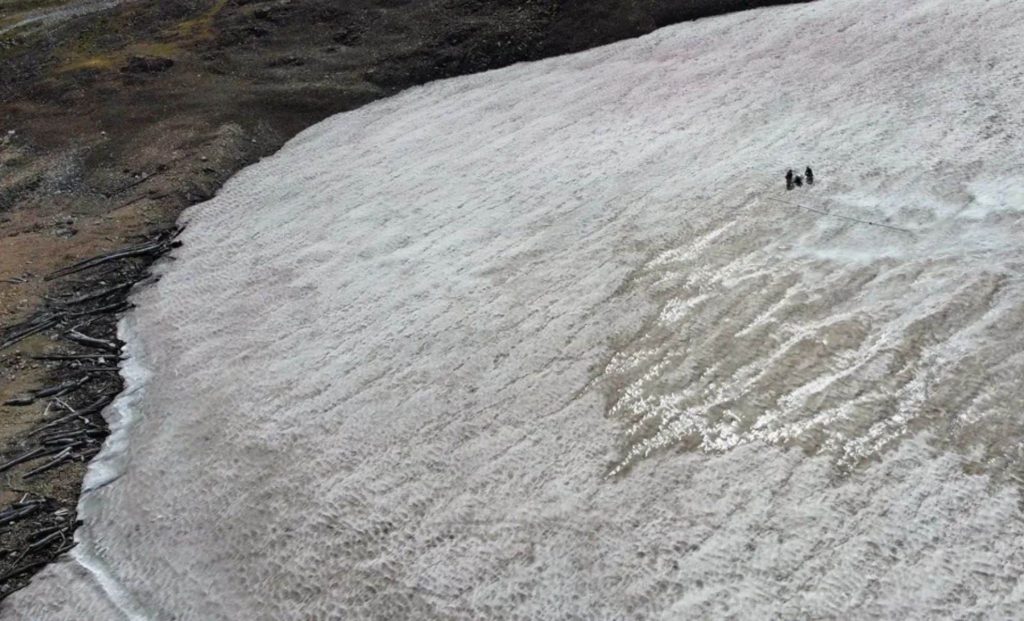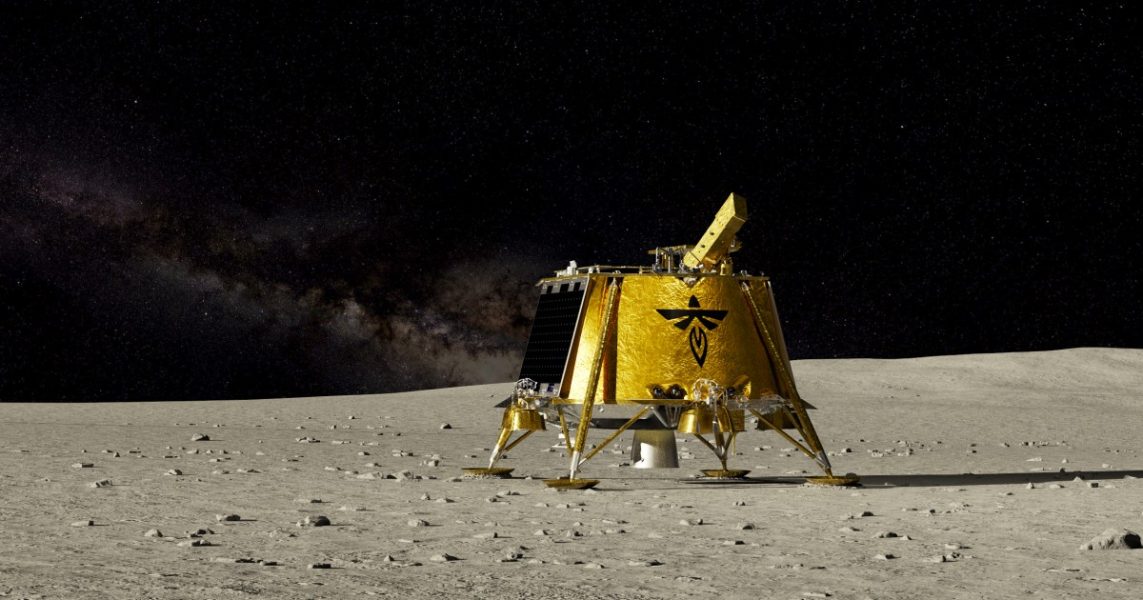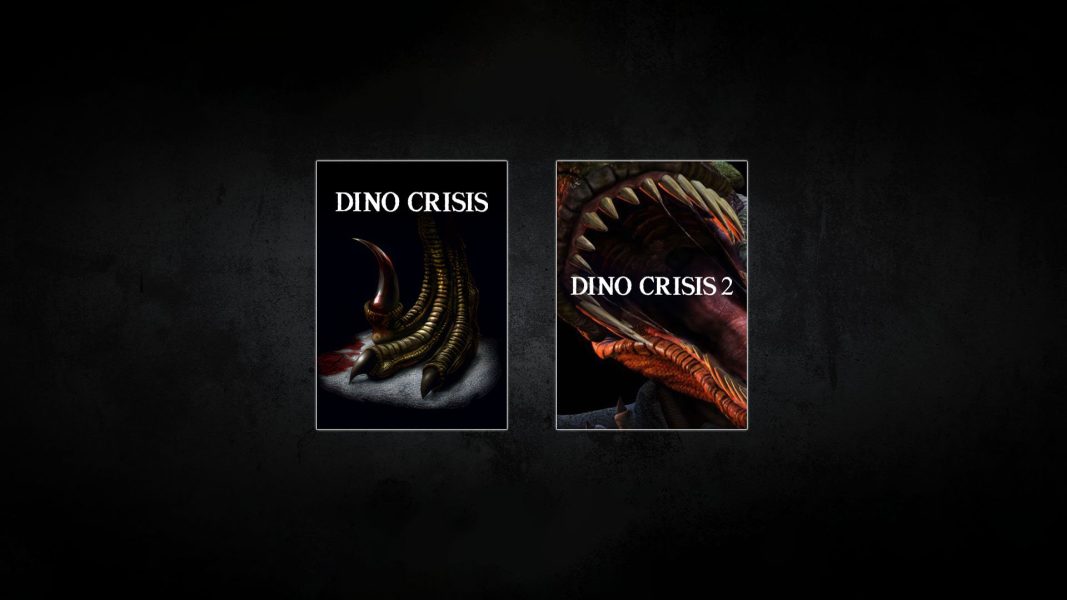Ancient Forest Frozen for 5,000 Years Unearthed in Rocky Mountains – The Daily Galaxy –Great Discoveries Channel

A melting ice patch in the Rocky Mountains has revealed a pristine ancient forest, preserved for over 5,000 years beneath layers of ice. The frozen whitebark pines offer a rare glimpse into a long-lost ecosystem that once thrived at high altitudes, now a barren tundra. While this discovery provides invaluable insights into Earth’s climatic history, it also serves as a stark reminder of how modern climate change is altering the natural world at an accelerating pace.In an extraordinary discovery, melting ice on the Beartooth Plateau in the Rocky Mountains has revealed an ancient, pristine forest frozen in time. Encased for thousands of years, this forest of whitebark pines (Pinus albicaulis) offers an unprecedented glimpse into a dynamic alpine ecosystem that existed millennia ago. Hidden beneath layers of ice at an altitude of over 10,000 feet, these trees have remained untouched since a climatic cooling event froze them in place approximately 5,500 years ago.The forest, preserved by ice for millennia, is emerging as climate change accelerates the melting of high-altitude ice patches. “No one had any idea that these patches of ice had been around for thousands of years,” said David McWethy, an associate professor at Montana State University and co-author of the study. “Things looked dramatically different than they do today.” The discovery sheds light on how alpine ecosystems have evolved over time and raises concerns about the fragility of these landscapes in the face of a warming planet.The ancient forest uncovered on Beartooth Plateau is a snapshot of an alpine environment that thrived in a much warmer climate following the last ice age. Between 10,000 and 5,500 years ago, the region experienced a prolonged warm period, allowing whitebark pines to flourish at much higher elevations than they do today. These trees were part of a vibrant ecosystem, sustaining a variety of animals and humans who used the landscape for hunting.“We don’t think about how dynamic that alpine ecosystem has been through time: people were using it, animals were using it,” said Cathy Whitlock, director of the Paleoecology Lab at Montana State University and senior author of the study. Evidence of human activity has also been found near the ice patch, including a wooden spear shaft dating back 10,000 years, likely used for hunting.The preserved trees are remarkably intact, with researchers noting that they appear almost as if they could still be alive. Stripped of bark but otherwise pristine, the trees offer a window into an ecosystem that no longer exists. This discovery provides key insights into how climate fluctuations have shaped alpine environments and highlights how changes in temperature and ice cover influence both vegetation and human activity over millennia.The preservation of this forest is the result of a combination of climatic and geological factors. After centuries of warm conditions that allowed the forest to thrive, the climate began cooling around 5,500 years ago. This gradual cooling eventually led to the death of the trees. However, an unexpected twist in their story came with a series of volcanic eruptions. The eruptions released ash and aerosols into the atmosphere, further accelerating global cooling.This rapid cooling caused ice to form quickly over the forest, encasing the trees in a frozen tomb. Protected by layers of ice, the trees were shielded from decay and other environmental factors, remaining virtually intact for millennia. According to researchers, the ice patches that preserved the forest have never melted—until now.As global temperatures rise due to human-driven climate change, these ancient ice patches are melting at an alarming rate. The discovery of the forest is a bittersweet moment for scientists, offering both a rare glimpse into the past and a stark reminder of the ongoing impact of modern climate change.“These kinds of discoveries are scientifically really interesting, but they’re also a sad reminder of how fragile these alpine ecosystems are to climate change,” Whitlock noted.The melting of the Beartooth Plateau’s ice patches is part of a larger trend affecting alpine and polar regions worldwide. Human activity has accelerated warming in high-altitude environments, leading to the loss of ancient ice deposits. While the revelation of the ancient forest offers valuable scientific insights, it also underscores the vulnerability of ecosystems that rely on stable climatic conditions.The changes are particularly concerning for species like the whitebark pine, which is already facing threats from disease and habitat loss. As ice patches continue to melt, the risk of losing other preserved ecosystems and archaeological artifacts grows. The melting ice has the potential to uncover more relics of the past, but it also signals a troubling trajectory for the future.The dynamic history of Beartooth Plateau highlights the resilience of alpine ecosystems, but it also serves as a cautionary tale. While these environments have adapted to past climate changes, the rapid pace of current warming poses challenges that may outpace natural adaptation.For scientists, the discovery of this ancient forest is an unparalleled opportunity to study how ecosystems respond to climate shifts over time. The preserved whitebark pines and associated artifacts paint a vivid picture of a world that once was, offering clues about how plants, animals, and humans interacted in a warmer climate.However, the broader implications of the discovery cannot be ignored. As Whitlock emphasized, the melting ice patches are a double-edged sword. They provide invaluable scientific knowledge while highlighting the fragility of the very systems they reveal.This discovery is a call to action—not just to protect what remains of these delicate ecosystems, but to mitigate the human-driven changes that are causing their loss. The frozen forest of Beartooth Plateau stands as both a treasure trove of knowledge and a warning of what could be lost if current trends continue.Got a reaction? Share your thoughts in the commentsEnjoyed this article? Subscribe to our free newsletter for engaging stories, exclusive content, and the latest news.Comment Save my name, email, and website in this browser for the next time I comment.
© 2024 | Daily Galaxy | All rights reserved
Source: https://dailygalaxy.com/2025/01/ancient-forest-frozen-5000-years-unearthed/






